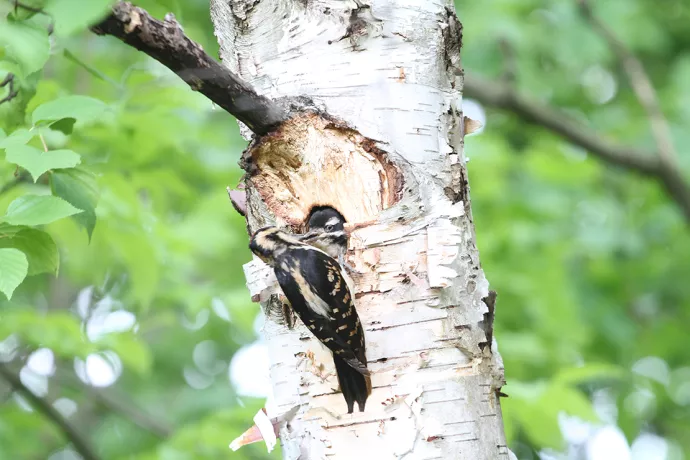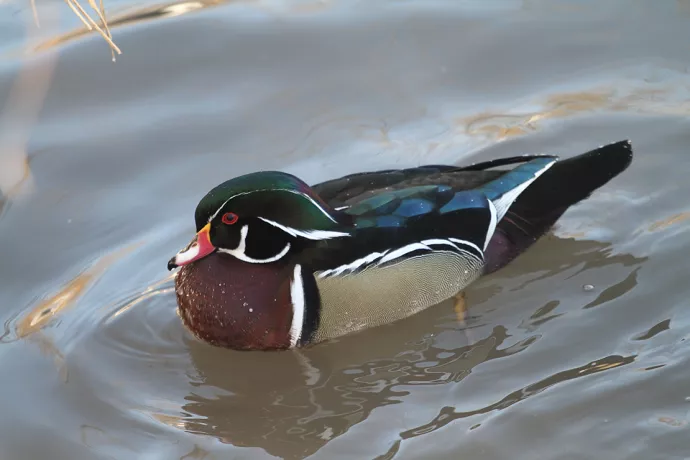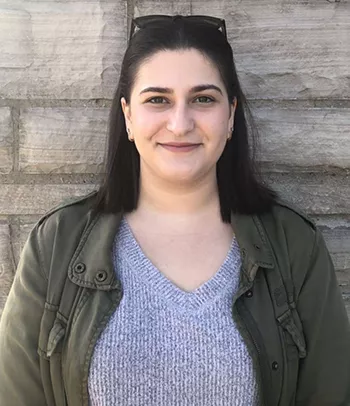
UTM and Riverwood team up to bring Mother Earth online in the time of COVID
There’s nothing like strolling through beautiful Riverwood Conservancy on the Credit River, spotting birds along the way and hearing their calls.
Until circumstance, age or a pandemic limits your access.
Then it’s time to develop the next best alternative.
A new program that’s a byproduct of the long-standing collaboration between U of T Mississauga and its northerly neighbour is bringing The Birds of Riverwood to a computer screen near you.
It’s a Google Earth experience that provides a virtual tour without leaving home, donning a mask or checking the weather.
And it’s arrived just in the nick of COVID.
“If we can no longer be out there in large groups,” says Sanja Hinic-Frlog, UTM associate biology professor, “maybe we can bring birds into your home. And maybe we can get people inspired to listen to what’s outside their window.”

For many years, students in Associate Professor Steven Chatfield’s Bio 400 internship program have been working at Riverwood studying a variety of subjects, including the deer herd that frequents both properties.
A UTM Bio 400 student annually helps Riverwood staffer Catherine Wassmansdorf deliver the Leadership in Environmental Achievements Through Diversity and Skills course fostering science, geography and math skills in Peel high school students.
Last year, intern Samra Ghazi started a new project, using a Google Earth program that mimics a trip on Riverwood’s trails, with stops at bird feeders highlighting feathered residents.
There’s a photo, description and video of each species. Students in the third-year ornithology course have recorded many birdsongs through the years, now repurposed for this new cause.
The project acquired fresh urgency when COVID initially closed Riverwood.
“This year there are no high school field trips,” says Wassmansdorf. “We’ve had to reimagine how to reach students and connect them to the park. This tries to give students the experience of Riverwood from home.”

Before taking Bio 400, Lindita Abazi was one of many lifelong Mississauga residents with only a vague idea of what Riverwood was. She wanted an internship aligned to a future in health science and had never been hiking or birding.
As she began adding 10 new bird species this year to the 10 Ghazi had posted, her appreciation grew.
She’s even hauled her reluctant friends to the park where, to their surprise, they’ve returned several times. “I’m surprised how much we enjoy it,” says the double major in biology of health sciences and psychology.
COVID’s been tough for everybody, says the Glenforest S.S. grad, who’s only met her Riverwood supervisor over Zoom.
“Everyone at school and Riverwood has been so helpful and understanding. Everyone’s trying to figure it out together. It’s OK if you’re not feeling OK.”
Her supervisors also found a way to incorporate her health science interest into the internship. She’s collating various research projects which focus on the physical and mental health benefits of getting outdoors.
“Exercise gets your blood pumping and helps prevent cardio-vascular disease,” Abazi says. “There’s some evolutionary theory that seeing green things has a calming effect and reduces stress.
“Being outside just makes you feel better,” she adds. “It helps you escape the million things you have to do for work or for school.”
Going to UTM gave Abazi at least one natural experience she’s not likely to get anywhere else: she witnessed a fawn being born on campus.
With 184 bird species frequenting Riverwood and an aging demographic likely to experience more mobility issues, the virtual bird tour has enormous growth potential.
A permanent link will be added to Riverwood’s website soon. For a preview visit: https://tinyurl.com/y6o3j8by
